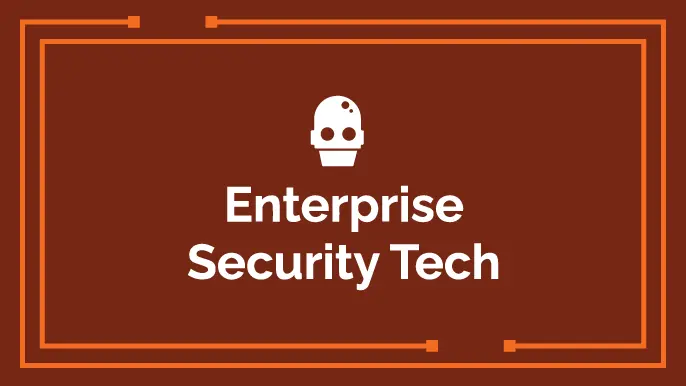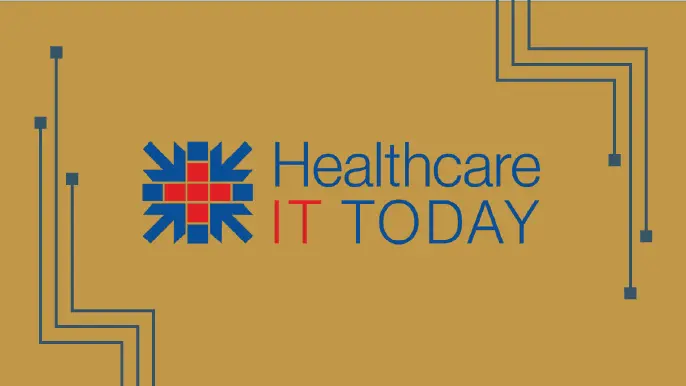
Chad Peterson
Managing Director
He has his Masters in Information Security and holds CISSP, CISA, CHC, CRISC, and ITIL-F certifications.
Chad Peterson is a previous employee of NetSPI.
More By Chad Peterson

VMblog: Industry Experts Share Hot Topics and Trends for HIMSS 2023
April 17, 2023
NetSPI was featured in VMblog's preview of the HIMSS conference. Read the article.

Enterprise Security Tech: Hot Topics to Expect at HIMSS 2023
April 14, 2023
NetSPI was featured in Enterprise Security Tech's preview of the HIMSS conference. Read the article.

The Secret to an Effective Security Program: Establish Trust – Then Keep It
March 28, 2023
In this webinar, healthcare security experts will share tips on how to establish and maintain trust in your cybersecurity program, as well as how to build a risk-aware strategy that prioritizes next steps.

Healthcare IT Today: Ransomware Preparedness in Healthcare – Are you Doing the Basics?
March 14, 2023
On March 14, an article on ransomware preparedness in healthcare by NetSPI Managing Director Chad Peterson was featured in Healthcare IT Today.

Pentesting: The Forgotten HIPAA Requirement
February 21, 2023
Heathcare organizations that fail to comply with HIPAA regulations face fines and requirements to adopt a corrective action plan. Learn how pentesting can help.

SecurityWeek: Cyber Insights 2023 | Attack Surface Management
January 31, 2023
NetSPI Managing Director Chad Peterson was featured in the SecurityWeek article called Cyber Insights 2023 | Attack Surface Management.

VMBlog: Data Privacy Day 2023: Tips and Views from Top Industry Experts
January 26, 2023
NetSPI Managing Director Chad Peterson and other security experts shared tips and advice to raise awareness and promote privacy and data protection this Data Privacy Day.

Enterprise Security Tech: Experts Share How Data Privacy Has Evolved, What We’re Missing, and What’s to Come
January 23, 2023
On January 23, NetSPI's Chad Peterson shared best practices regarding data privacy via Enterprise Security Tech.

4 Risk-Based Vulnerability Management Realities Cybersecurity Leaders Must Face
November 30, 2021
Read about the four realities you must face before you can successfully implement a risk-based vulnerability management program.